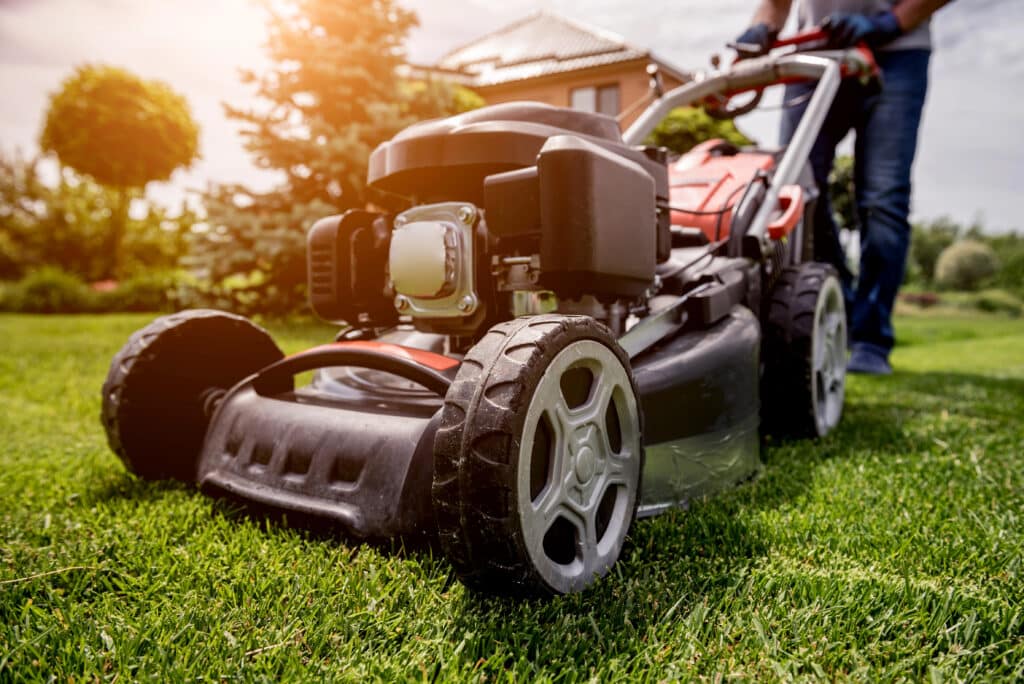
Imagine this: You’re up early on a Saturday, ready to take on the jungle of your lawn. Nothing happens when you pull the cord of your trusted mower. It may start, but it sounds like a coffee mill full of stones. You’re now stuck. You’re stuck. Do you replace the whole mower or only the failed part?
You’re not the only one who has experienced the frustration of a broken mower. It’s not easy to choose the right lawn mower parts. Should you buy it cheaply? Should you spend money on a fancy brand? Does it even matter?
This guide explains everything in plain English. There is no jargon or sales pitch. Just real advice on how to choose the right parts for your lawnmower so that you can cut grass again, and not lose your patience.
1. Know Your Mower Inside and Out
Before buying anything, you need to know what you’re working with. Mowers aren’t one-size-fits-all, and neither are their parts.
- Check the model number. It’s usually on a sticker under the seat, near the engine, or on the frame. Write it down—this is your golden ticket to finding the right parts.
- Figure out the engine type. Is it a Briggs & Stratton? Honda? Kohler? Different engines need different parts, so don’t guess.
- Take a picture. If you’re unsure, snap a photo of the part you need. Most repair shops or online stores can match it visually.
Why this matters: Imagine ordering a new spark plug only to realize it doesn’t fit because your mower takes a different size. Wasted time, wasted money. A little homework up front saves both.
2. OEM vs. Aftermarket Parts: What’s the Difference?
When shopping for parts, you’ll see two main options:
- OEM (Original Equipment Manufacturer): These are made by the same company that built your mower. They’re exact matches, but they cost more.
- Aftermarket: These are made by third-party companies. They’re usually cheaper, but quality varies.
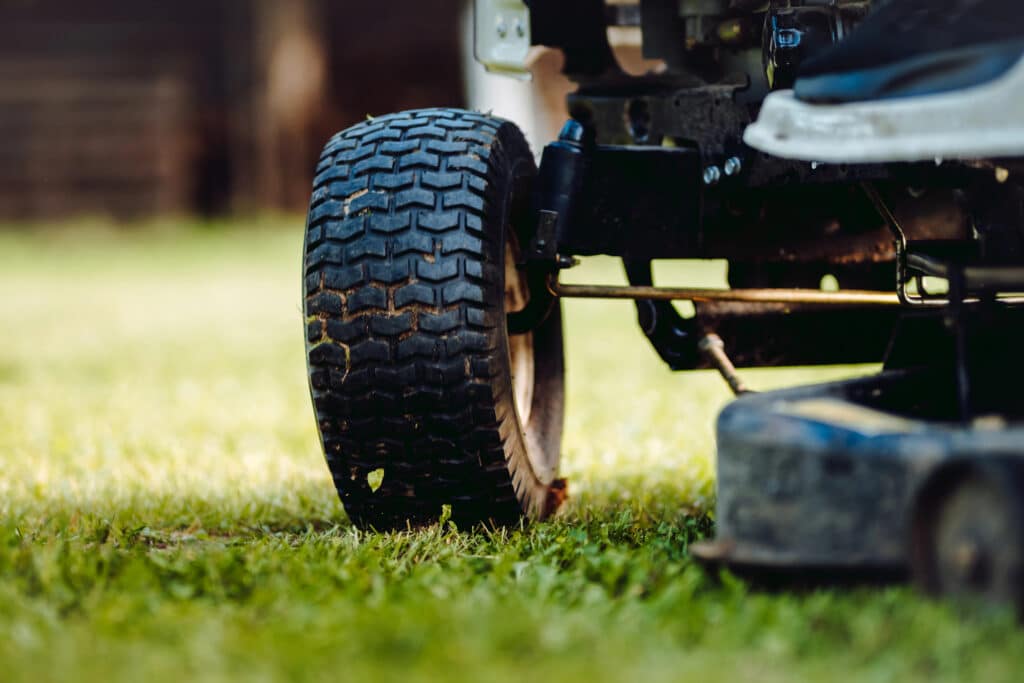
Which one should you pick?
- For critical parts (like engine components), OEM is often the safer bet. You know it’ll fit and last.
- For simple parts (like belts or blades), the aftermarket can be just fine—if you buy from a reputable brand.
Real-life example: If your car’s brakes failed, you wouldn’t buy the cheapest ones online, right? The same logic applies here. Some parts are worth the extra cash.
3. Don’t Cheap Out on Blades
The blade is the workhorse of your mower. A dull or flimsy one tears grass instead of cutting it, leaving your lawn looking ragged.
What to look for in a good blade:
- Material: High-carbon steel lasts longer than cheap stamped blades.
- Sharpness: Some come pre-sharpened, saving you time.
- Fit: Even a great blade is useless if it doesn’t fit your mower.
Pro tip: Keep a spare blade on hand. When one gets dull, swap it out and sharpen the old one later. No more waiting for shipping when you’re halfway through mowing.
4. Belts Matter More Than You Think
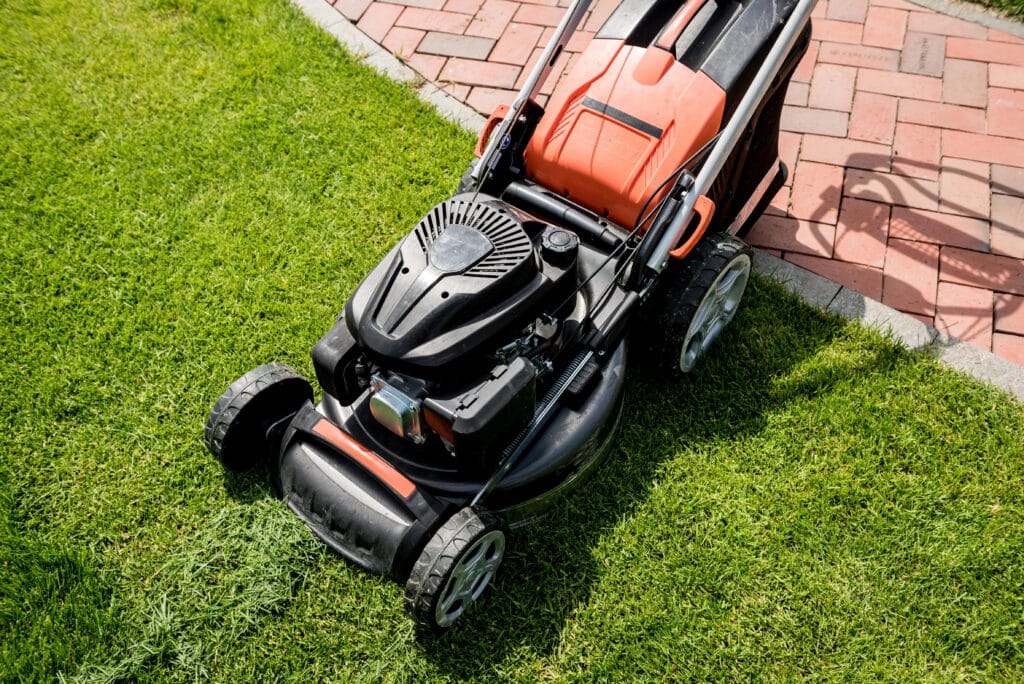
If your mower suddenly stops moving or the blades won’t spin, a worn-out belt is probably the culprit.
Choosing the right belt:
- Measure the old one. Belts stretch over time, so check the manual for the correct size.
- Look for reinforced materials. Cheap belts fray quickly, leaving you stranded (again).
- Buy from a trusted brand. Gates and Oregon make solid belts that won’t snap after two uses.
Fun fact: A broken belt is like a snapped rubber band—it might seem small, but without it, nothing works.
5. Air Filters: The Mower’s Lungs
A clogged air filter makes your mower work harder, burning more fuel and wearing out faster.
Types of filters:
- Paper filters: Cheap and disposable, but need frequent replacing.
- Foam filters: Can be cleaned and reused, great for dusty conditions.
When to replace it: If it looks dirtier than your kid’s soccer cleats, it’s time for a new one.
6. Spark Plugs: Tiny Part, Big Problems
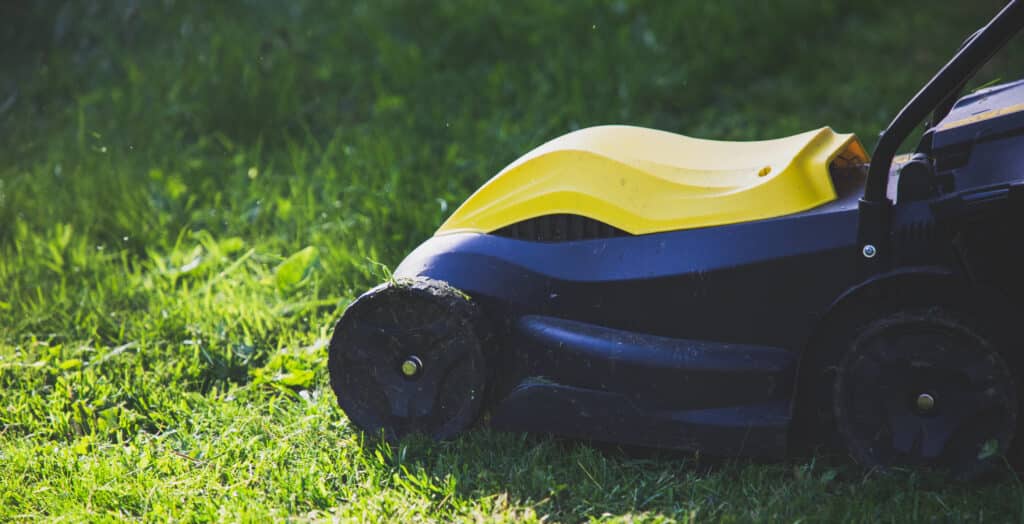
A bad spark plug can make your mower hard to start or run roughshod.
How to pick the right one:
- Check the manual for the correct plug type.
- Go for copper or iridium. Copper is affordable; iridium lasts longer.
Quick test: If the plug is black and greasy, it’s done. Swap it out before your next mow.
7. Where to Buy Parts Without Regrets
Not all sellers are created equal. Here’s where to shop smart:
- Local dealers: Great for OEM parts and expert advice.
- Online retailers: Amazon, eBay, and specialty sites have tons of options—just read reviews first.
- Big-box stores: Convenient, but selection may be limited.
Watch out for: Too-good-to-be-true deals. A $5 blade might cost you more in the long run.
8. When to Call It Quits (and Buy a New Mower)
Sometimes, replacing parts isn’t worth it. If your mower:
- Needs more repairs than a junker car
- Costs more to fix than a new model
- Smokes like a campfire
It might be time to upgrade.
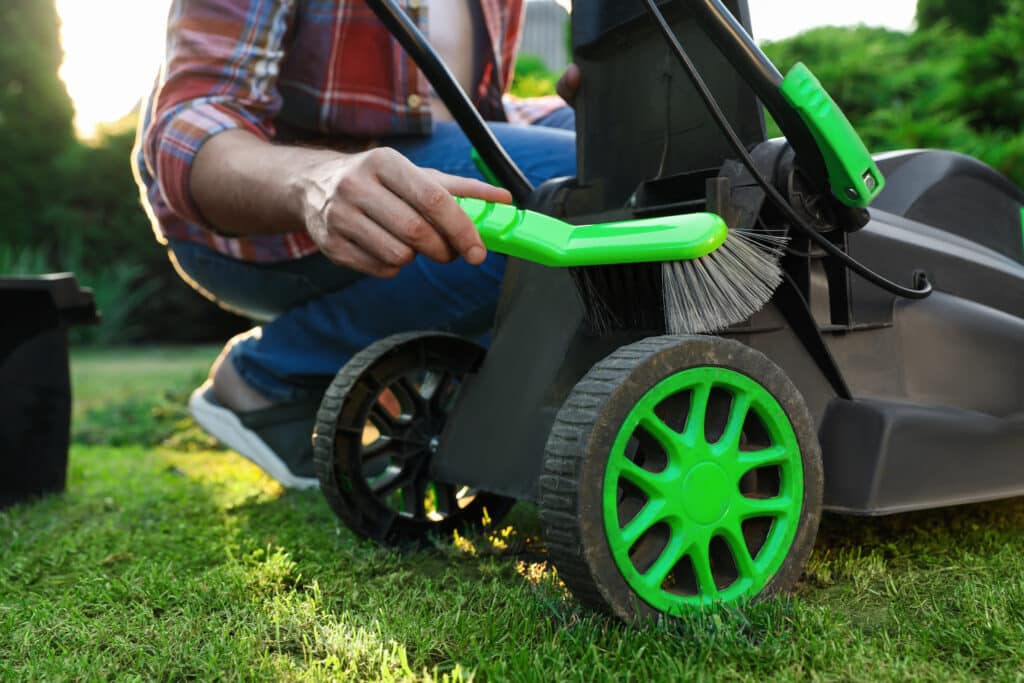
Conclusion
Picking lawn mower parts doesn’t have to be a guessing game. Know your mower, choose quality where it counts, and don’t fall for the cheapest option just because it’s easy.
- 3shares
- Facebook0
- Pinterest3
- Twitter0



